Emergence of Hybrid Work Models
The in building-wireless market in Germany is witnessing growth due to the emergence of hybrid work models, which blend remote and in-office work. As organizations adapt to this new paradigm, the demand for reliable wireless connectivity within buildings has surged. Employees require seamless access to digital resources, whether working from home or in the office. This shift has prompted companies to invest in robust in building-wireless solutions to ensure that employees can collaborate effectively. Research indicates that 60% of companies in Germany are adopting hybrid work models, which necessitates enhanced wireless infrastructure. As this trend continues to evolve, the in building-wireless market is likely to expand to accommodate the changing needs of the workforce.
Focus on Enhanced User Experience
The in building-wireless market in Germany is increasingly driven by the focus on enhancing user experience. As consumers demand faster and more reliable wireless services, businesses are compelled to invest in advanced in building-wireless solutions. This shift is evident in sectors such as retail and hospitality, where customer satisfaction is paramount. Companies are adopting technologies that provide seamless connectivity, enabling customers to access services without interruption. According to recent surveys, 70% of consumers indicate that poor wireless connectivity negatively impacts their experience. Consequently, businesses are prioritizing investments in building-wireless infrastructure to meet these expectations. This emphasis on user experience is likely to propel growth in the in building-wireless market as companies strive to remain competitive.
Increased Adoption of Smart Technologies
The in building-wireless market in Germany is significantly influenced by the rising adoption of smart technologies across various sectors. Businesses and consumers are increasingly integrating smart devices into their daily operations and lifestyles, creating a demand for seamless wireless connectivity. For instance, the smart home market in Germany is projected to reach €10 billion by 2025, indicating a strong inclination towards connected living. This trend necessitates robust in building-wireless solutions to support the communication between devices. Additionally, industries such as healthcare and manufacturing are leveraging smart technologies to enhance operational efficiency, further driving the need for reliable wireless networks. As these sectors continue to evolve, the in building-wireless market is likely to expand in response to the growing demand for connectivity.
Regulatory Support for Telecommunications
The in building-wireless market in Germany benefits from robust regulatory support aimed at enhancing telecommunications infrastructure. The Federal Network Agency (Bundesnetzagentur) has implemented policies that encourage the expansion of wireless networks, particularly in underserved areas. These regulations facilitate the deployment of new technologies, such as 5G, which is expected to revolutionize connectivity within buildings. With the government aiming for 98% coverage of high-speed internet by 2025, the in building-wireless market is poised for growth. The regulatory framework not only promotes competition among service providers but also ensures that consumers have access to high-quality wireless services. This supportive environment is likely to drive innovation and investment in the in building-wireless market.
Rising Urbanization and Infrastructure Development
The in building-wireless market in Germany is experiencing a notable boost due to the rapid urbanization and ongoing infrastructure development. As cities expand, the demand for reliable wireless connectivity within buildings increases. Urban areas are projected to grow, with estimates suggesting that by 2030, over 80% of the population will reside in urban settings. This trend necessitates enhanced wireless solutions to support the increasing number of smart buildings and connected devices. Furthermore, the German government has invested heavily infrastructure projects, which include the deployment of advanced wireless technologies. This investment is likely to create a conducive environment for the in building-wireless market, as businesses and consumers alike seek improved connectivity solutions.


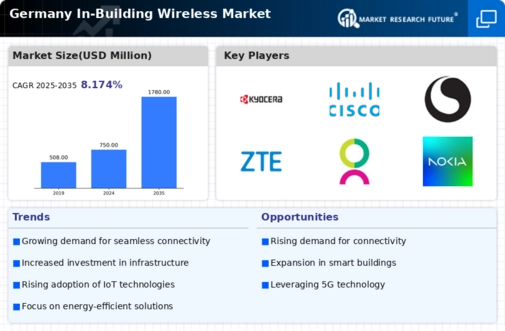

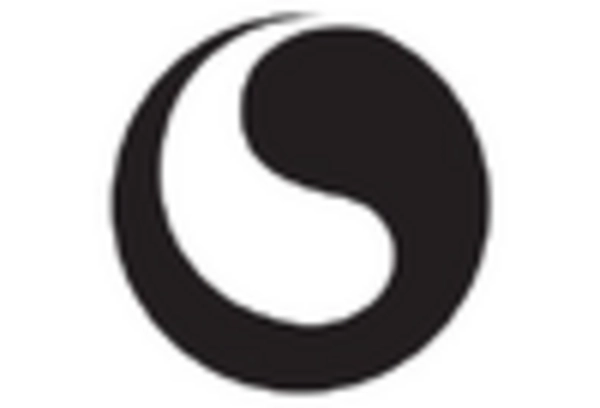
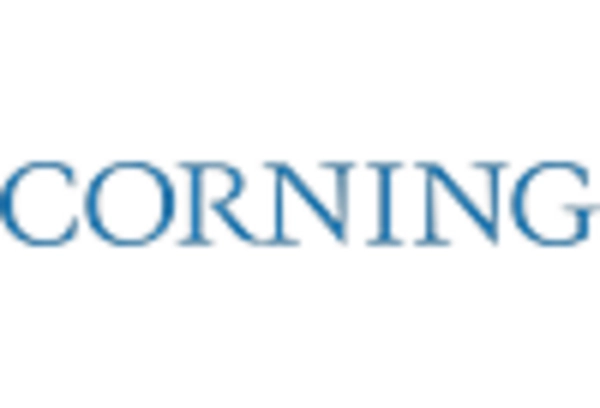
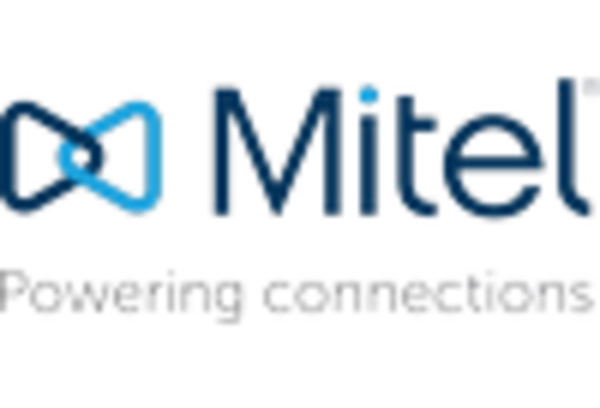
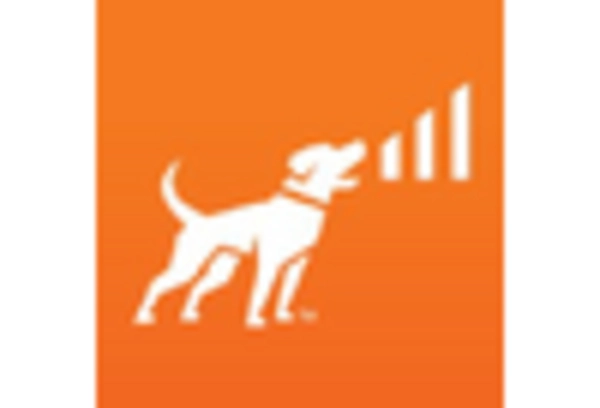
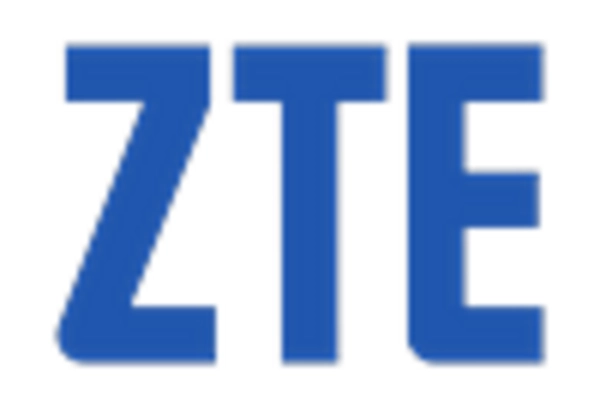








Leave a Comment